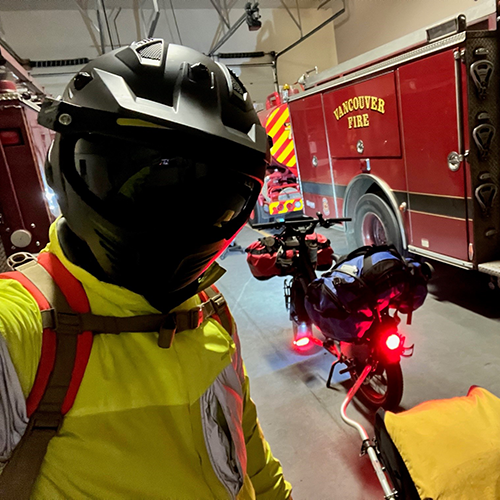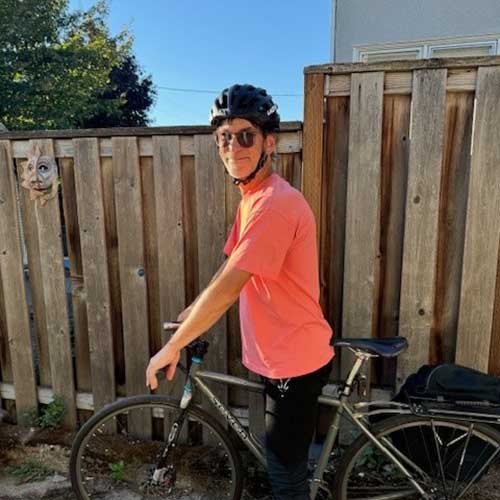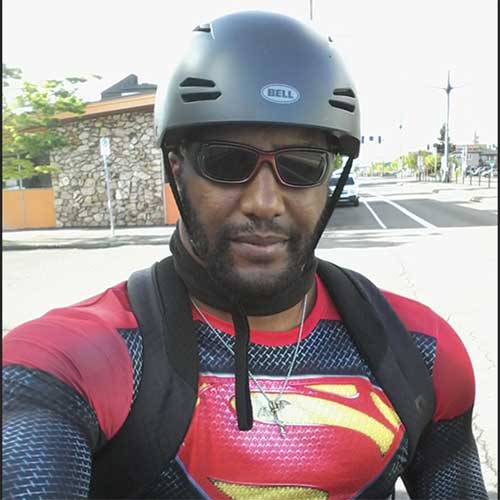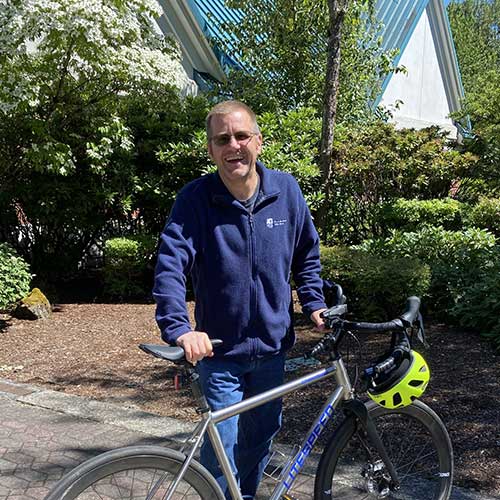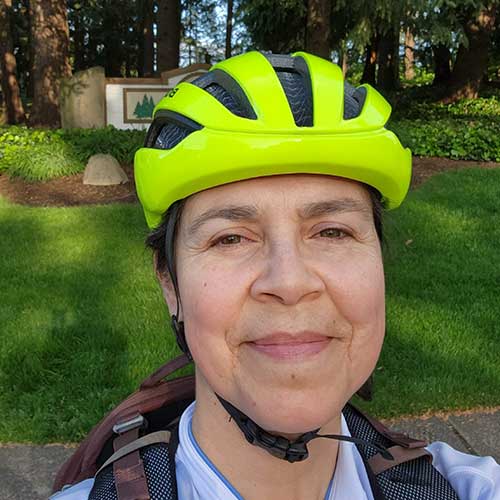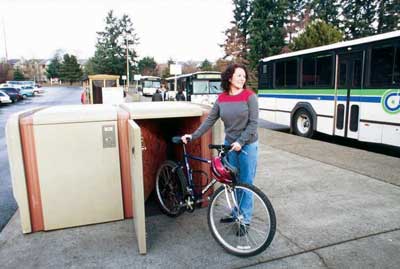Prepare for your ride.
Biking is a great way to travel because of its flexibility. And people who prepare and put safety first, enjoy a better biking experience. So, we’ve got some tips to get you off on the right foot
The ABC Quick Check
Every time you ride, do The ABC Quick Check:
A is for Air: Check the air pressure, spin the wheels, and make sure the tires are not worn out.
B is for Brakes: Check to make sure the brakes will stop the bike by spinning the back wheel and applying the brake. If the bike has hand brakes check to see that the levers do not hit the handlebars when squeezed. Life one tire up at a time spin it; squeeze the levers to see if the tire stops. The brakes should be clean, straight, and contact the rims properly.
C is for Cranks, Chain, and Cogs: Grab the crank arms and try to wiggle side to side. There should be no movement. Spin the pedals and cranks to see if the chain drives the rear wheel. The chain should look like metal not rust or black gunk. If the bike has gears check to make sure the gear levers and derailleurs (gear-changing mechanism) work to shift the chain between gears
Quick refers to Quick Release: Some bikes have quick releases on the wheels or the seat post. Check to make sure they are tight and closed properly.
Check: After making sure the seat and handlebars are tight and the proper height, ride the bicycle around the parking lot and check that everything works well.
Wear a helmet
Wearing a helmet that fits not only protects your face and head but can save your life. A good helmet absorbs most of the impact of a fall and protects your brain and skull. Invest in a helmet with MIMPS (Multi-Directional Impact Protection System), which is designed to manage energy and angular impacts. Remember, a helmet only protects as well as it fits, so make sure to invest in a one that fits well. You need to replace your bike helmet at least every 5 to 10 years.
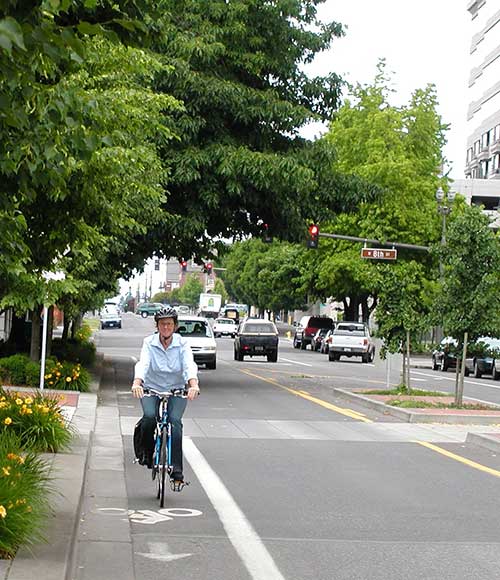
Avoid sidewalks
You may think a sidewalk is a safe place for a bike ride, but statistics show the safest place for you to be is on the road — with moving traffic. When you ride on sidewalks, cars, intersections, and people all present safety issues. So, protect yourself by keeping on the road and off sidewalks whenever possible.
Be seen
The easiest way to make sure you are visible to cars is to stay in the travel lane, and away from parked cars. When riding at night, make sure to use headlights and taillights.
Be predictable
No weaving. Ride your bike in a steady line. You want drivers to anticipate your travel path. So keep your riding consistent and be aware of passing or oncoming drivers.
Communicate
Use proper hand signals when turning, slowing down, and stopping. And try to make eye contact with drivers to know they see you. Not sure what the hand signals are?


